
Top Sellers
Top 50 Best Newest Supplements Top Protein Top Pre-Workout Top Post-Workout Top Fat Loss Top Intra-Workout Top Health & Wellness Powerlifting Books
Workout Accessories
Videos
Workout Music
Powerlifting Books
Workout Accessories
Videos
Workout Music
Ads
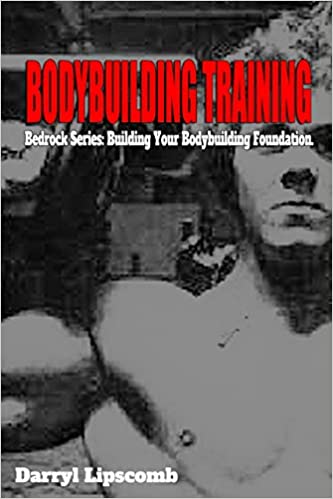

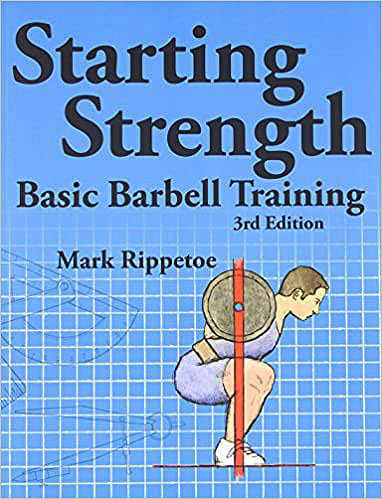

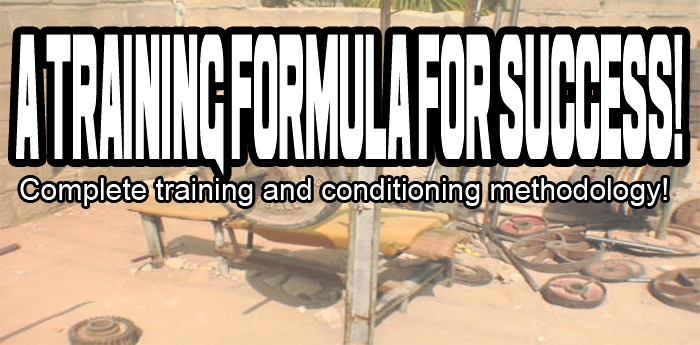
 By: Curtis Shultz
By: Curtis Shultz
The key to successful improvement in your weight-training program is to use methods of exercise and periodization techniques. Periodization, or cycle training, as it's called, is used to chart out an entire years training program. There are four phases of a Periodization cycle. These four phases are the hypertrophy phase, basic strength, power and then peaking phase. A periodization program also consists of several different training methods. . These phases and methods are very important factors for training and development. These phases are very important for any type of physique development or strength levels you wish to strive for. Let's discuss these factors in your weight training program.
The type of exercises you choose depends totally on each individual, and also, the physical and strength objective you are pursuing. An example of what I mean would be to do Flat Dumbbell Bench Press in place of flat Bar Bench Presses. Why? Well, dumbbell work is very significant. Using dumbbells will enable you to use a full range of motion and dumbbells will also strengthen the imbalances in each arm. Perform single Leg Presses instead of Leg Press using both legs. This, in no way, means do dumbbell work instead of bar work. I am just describing different tools to use. Remember, you are developing muscle balance for power, strength and then shape. The application of multi-joint exercises should be primary in your exercise regime. Multi-joint means the combination of large and small muscle groups working together. The basic Bench Press is a multi-joint exercise. The major muscle groups involved are the Pectoral Major and the Lat's. Yes, the back is involved in the bench press movement. You didn't know that did you? The other muscle groups involved in the Bench Press are Pectoral Minor, Front Deltoid, and Triceps. Other multi-joint exercises consist of the Incline Press, Military Press, Squats, Leg Presses, Dead Lifts, Power Cleans, Olympic style lifting movements and of course I already mentioned the Bench Press. Wow! Did I miss any?
Just about every individual who trains with weights always performs their exercises in the same manner every day. To enhance exercise effect and muscular quality it is best to take apart an exercise's components. This will allow you to modify your technique. The movement itself will enable you to identify the specific muscles being used in that exercise. There are starting and ending positions in any exercise. Let's take a look at a Bench Press. There is a starting position, a midpoint and an ending positioning. This goes for all weight lifting exercises. There are several books on proper technique execution; which illustrates all the weightlifting exercises. There are even videos that instruct you in proper exercise technique. Now, these tapes are not the variety of a super model or movie star doing his or her favorite fitness routine. No. These videos are specially made tapes, depicting correct exercise technique procedures for basic weightlifting and Olympic style lifting movements.
I have been lifting for over a dozen years now and I still experiment with exercises. I am always modifying exercise technique, in one way or another, to fit my body. Whether it's due to injuries or just analyzing the movement. To site an example, once while sitting on the couch, watching a TV show, I found a new way to really hit the medial head more effectively performing the side lateral raise. By playing around with the movement, and feeling my shoulder with my free hand, I was able to dissect the exercise. You can perform this technique with just about any exercise. I would not suggest doing this technique with squats or any other barbell movement you could get seriously injured. You must perform the exercise slowly, experimenting with the movement using a very lightweight. Working the correct angle of an exercise will only enhance your muscle-tendon structure, increase muscular hypertrophy and your neural recruitment patterns. Exercise techniques also have a direct effect on the range of motion, speed of the exercise, and body positioning. The latter, body positioning, is the most critical in exercise technique. All exercises are based on angles. Proper positioning of your body in the appropriate angle for any exercise to be executed properly is essential.
What is your exercise volume? How many repetitions are performed in a specific workout segment? More specifically, how many repetitions will you perform per set of a given exercise.
It is important in the beginning phase of your program to increase your ability to do more work. Performing your repetitions in the 10 -12 range for the first three to four weeks is custom. The first three to four weeks of a routine develops your foundation to obtain maximum strength gains. You can increase or decrease the number of repetitions per set, the number of sets per exercise and the number of exercises per body part. This will be a main factor in recovery time also, which I will discuss later. Adaptation to your exercise program must occur before your training workload can be increased. A significant reduction in training volume allows restoration. With increased restoration comes a super compensation effect that will enhance performance levels (1,2).
NELEUS
Men's Athletic Shirt
Dry Fit Performance with Hoods
What will be the number of sets per exercise is a main question individuals ask. Most individuals feel that they should perform 4 sets per exercise or they are not getting a work out. Think for a moment, if you're performing 5 different exercises for chest at 4-5 sets per set, that adds up! That's a lot of wasted effort. Performing 2-3 sets for each exercise, per body part, is sufficient for any beginner, intermediate or advanced individual. There is technical jargon for the arrangement of a periodization program. That technical babble is the Macrocycle, mesocycle and the microcycle. It took me a few months to figure out what those big words meant, and what manner they work. So, the simplest way to describe these three cycles would be a Macrocycle is the three to four month-period that begins each workout program. The Mesocycle is the phases of training during each month and the microcycle is the day-to-day workouts in those Macro's and Meso's. If that still does not help, think of a football player or any other sport athlete. Football players, and most other athletes, have an in-season, off-season and post-season workout schedule. In an athletes daily workout there are specific goals that need to be accomplished. Got it now?
Training loads can be projected from true one-repetition maximum, or a three-repetition maximum, taken from any exercise. Intensity during any training phase is necessary especially if you would like to accomplish your training goals in that specific exercise and training phase. What is your level of preparation? What is your technique mastery? These two factors, preparation and mastery, are all intensity factors. Lifting iron is a lot of mental preparation. Anyone who tells you different they're mental. No matter what level you are at, you have to concentrate on the movement of each exercise. Never get under a loaded bar with several hundred pounds on it and think your muscles are going to lift it for you without any mental preparation or psyche. Concentration and confidence, on each and every movement you perform, are vital to each Microcycle. Allot of people think if they fail at an attempt then they cannot do the weight ever. Well, if you think that way that is just it, you wont! If you place a mental brick in your head you are done for. I hate the four letter word - "Can't." If you express a negative like "I Cannot," out load is just like saying "I quite!" Another mental problem most of you face is, when you lift a heavier weight in your exercise what comes to mind? I'm going to lift this sucker! No more, this is heavy crap! That's sounds real familiar doesn't it? Again, you just lost focus and missed your lift. Almost every individual has the capability and strength to accomplish just about anything in the weight room. So, focus, CONCENTRATE and shatter that brick into pieces!
You do not become an experienced lifter immediately after beginning working out. You have to acquire certain steps to obtain that level of performance. There are individuals out there in the world whom, upon lifting for only one year, take an open-book personal training certification exam and BANG! They are Mr. & Mrs. Fitness expert. To accomplish any weight-training program certain steps must be acquired. One of those steps is to use a periodization schedule throughout the year. Peridoization, as discussed earlier, is steps related to time. Performance takes time. Length of recovery in-between sets and the time it takes to perform a given phase of training, all depends on your body. Does the length of recovery, in-between a set, depend on the strength level you are going for? Yes! The faster or slower you go in a given exercise, or group of exercises, will increase your capabilities? If you would like to obtain that goal faster, then I would recommend conditioning yourself to have a little more patience.
"I make the enemy see my strengths as weaknesses and my weaknesses as strengths while I cause his strengths to become weaknesses and discover where he is not strong...."(5). This little statement sums it up. Have you ever seen a muscle bound individual? Your first thought is, "He is strong as moose." Or you are probably assuming the individual is slow and has no flexibility. Well, go right on thinking that way. If any individual tells you, that you will lose your flexibility or develop slow movements from weight training, this person has no clue. This person is most likely uneducated to athletic strength training and periodization techniques. I am 5'9" and weigh 270. I can execute a full split, run a 4.9 second 40 yard dash and do a 500 pound deep front squat. Not bad, for an old man over 30. Never underestimate your enemy and NEVER underestimate yourself! Push beyond your limitations, develop perfection in your exercise methods, use periodization techniques, get mentally prepared to lift and you will obtain great strength levels and size gains unmanageable.
By Curtis Schultz. Curtis is a contributing writer for various health, bodybuilding, and collegiate sports publications. Curtis has a B.S. in Sports Administration and is a Level I USWF Olympic Coach. He is a collegiate strength coach who has worked with many high-level athletes ranging from NFL stars to top-level bodybuilders. Powerlifting State and Regional champion in the 242 and 275 classes. He is also an AAU and USPF referee. Curtis was a three-year Varsity football letter winner, All-greater Rochester Lineman in high school, and then Junior College and University All-conference lineman.
Tags: strength life strength programs conditioning core
Send Us Your Comments:
A Powerlifting Training Formula for Success - Comments
Sponsored Products:

Beverly International
Mass
Peptide Bonded Amino Acids!
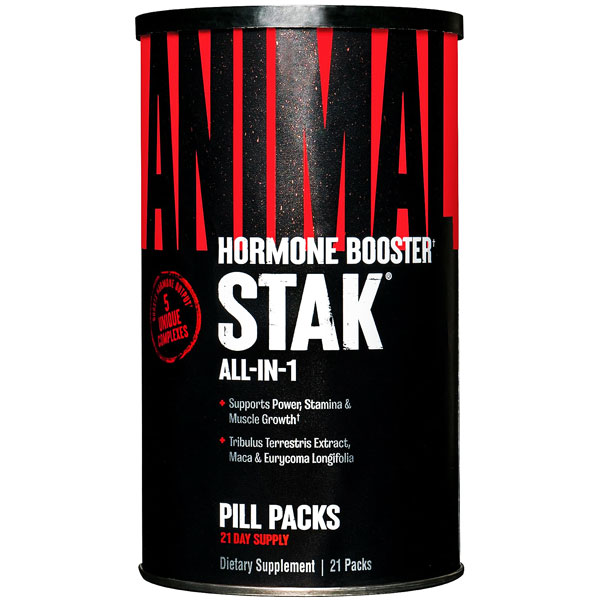
ANIMAL
STAK
Ultimate Anabolic Training Pak!
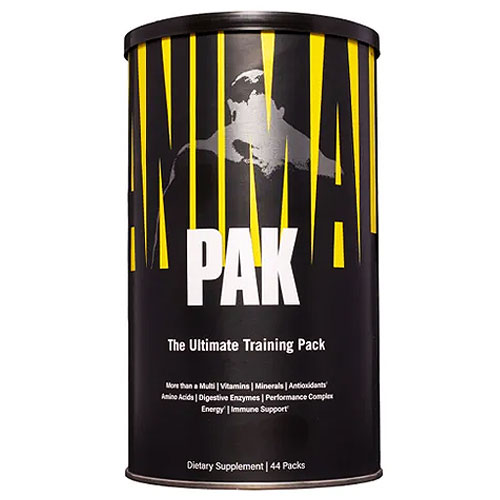
ANIMAL
PAK
Ultimate Training Pak!
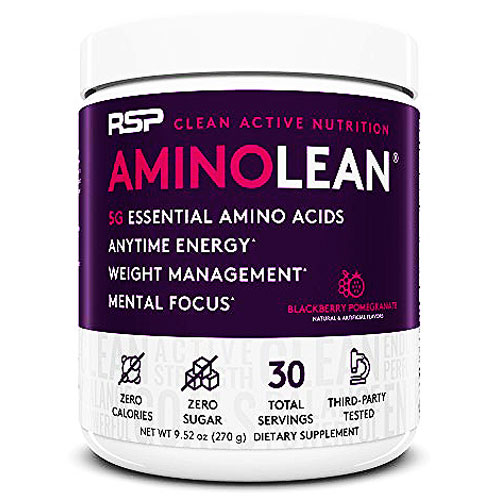
RSP Nutrition
AminoLean
All-in-One Pre Workout!
Comments: